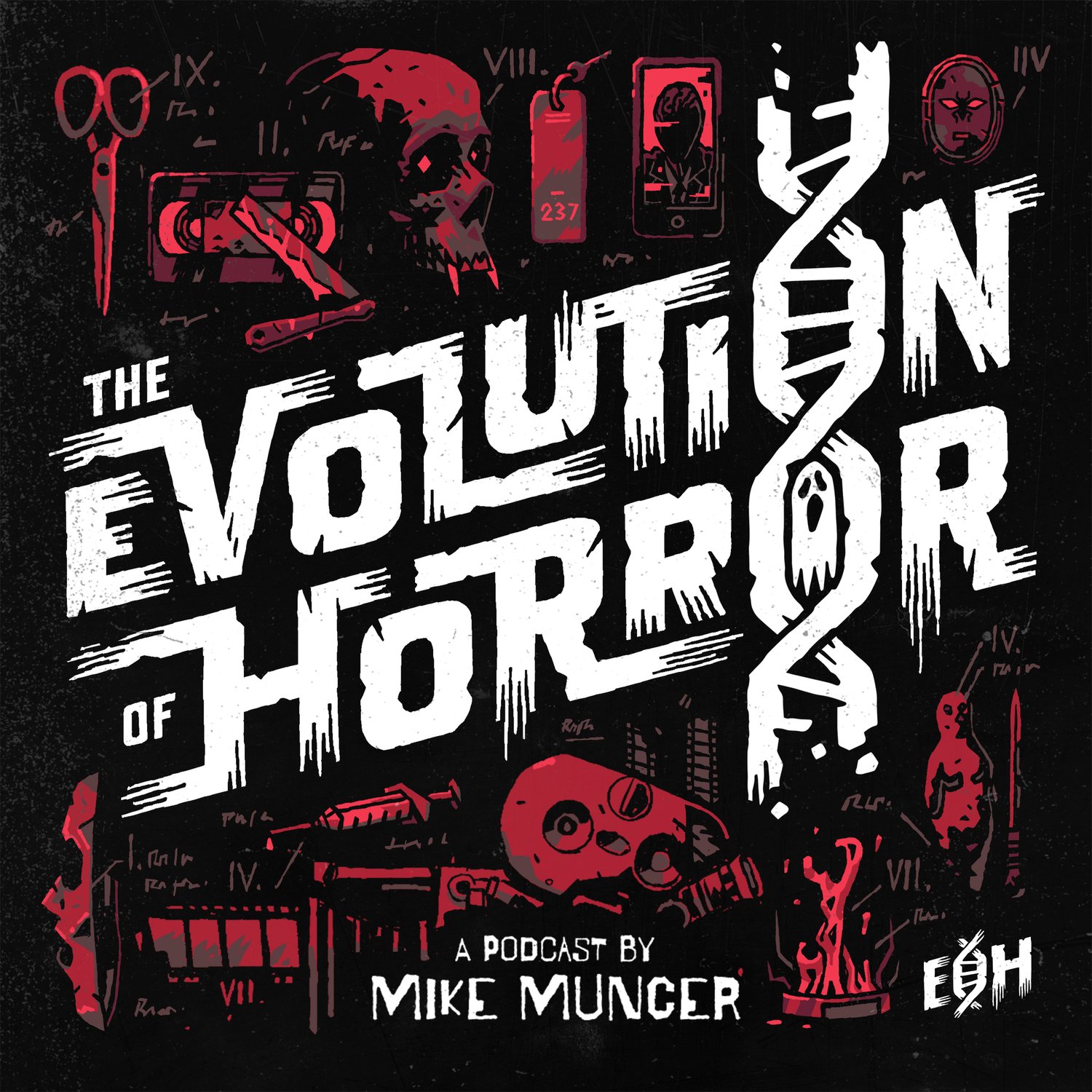1st March 2019
When I was on the Evolution of Horror podcast recently I mentioned that “Bill Blatty’s The Exorcist ” was one of my favourite films. This was a mistake: The Exorcist was of course directed by another Bill – Friedkin – though Blatty wrote the screenplay, adapting his own best-selling novel and winning an Oscar for his efforts. Interestingly, it’s Blatty’s name which appears above the title on the original posters with Friedkin’s appearing below, something which may account for my faux pas. This visual division could also be seen to represent a fascinating tension at the heart of The Exorcist, one which ran between the writer and director themselves.
Bill Blatty (Left) with Bill Friedkin (Right)
H. Darr Beiser, USA TODAY
In 1949 William Peter Blatty was a 21 year-old student at the Jesuitical Georgetown College when he came across an article in The Washington Post concerning the exorcism of a 14-year-old boy. The incident had happened that same year in Mount Rainier, Maryland, and the report included intriguing paranormal details: the boy allegedly spoke in a language he had not learnt, was imbued with a supernatural strength, nearby items in his bedroom moved as if by telekinesis and large welts – spelling words such as “Hell” - appeared on his body. These symptoms continued for some three months until a series of exorcisms were completed by several Catholic priests and the boy’s afflictions abruptly disappeared. What fascinated Blatty was that these events had been reported in the secular press, which lead him to wonder: if this was empirical evidence of the demonic, then by extension it could also objectively prove the divine[i].
Blatty tried to gain permission from the boy’s family to write a non-fiction account of the incident, but as they did not want the public exposure he subsequently dropped the project. However the idea stuck and in 1971 he revisited it, writing a similar but fictionalised account in his novel The Exorcist. Here, the story centred on a 12-year old girl named Regan who was living with her actress mother in Georgetown when she befalls similar symptoms to those recorded in the Mount Rainier case (though with added vomit, head-spinning and levitation). The mother exhausts all mainstream medical avenues before turning to the Catholic church, and the climactic exorcism is completed by two priests: the seasoned Father Merrin (Max Von Sydow) and the doubting Father Karras (Jason Miller), who is wrestling with his own faith following the death of his mother. Merrin dies during the ritual and Karras – commanding the devil to leave Regan and enter him – leaps from her bedroom window to his death in order to save her. Blatty saw his book as a faith-affirming work which confronted the reality of evil whilst also upholding God’s ultimate victory in Christ.
The novel was a resounding success. Blatty sold the rights, and – after some trouble securing a director – William Friedkin (fresh off his Oscar win for The French Connection) was drafted in. An agnostic Jew, Friedkin was less concerned with the moral absolutes of Blatty’s vision, preferring the ambiguous horror of Polanski and Pinter. He was also famously abrupt (earning himself the nickname “Hurricane Billy”) and after reading Blatty’s first draft script derided it as “the worst piece of shit I’ve ever seen”[ii].
This pressure on the creative partnership continued throughout production. As mentioned above Blatty, desperate to maintain a sense of authorship, successfully petitioned to have his name above the title whilst in turn Friedkin cut ruthlessly away at Blatty’s more expository dialogue, pushing for a more open-ended narrative which eschewed the religious comfort Blatty so cherished. The result was the 1973 theatrical cut, a version which left Blatty exasperated. “Can you believe that people think satan won!” he complained to a friend after seeing it for the first time. “That’s what I thought happened”, came the reply[iii]. It’s little wonder that Blatty would later revisit similar themes but under his own directorial control with his superlative The Ninth Configuration (1980) and the rather less successful Legion (aka The Exorcist III, 1990).
For years the theatrical cut of The Exorcist was the only version available, with missing scenes (such as the infamous “spider-walk”) remaining the subject of fervent rumour. And then in the late 90s, with support from Exorcist-obsessive and uber-critic Mark Kermode, a new cut was assembled, billed as The Version You’ve Never Seen. At last here were the scenes which Blatty felt were integral to the story, in particular a final act moment where Merrin and Karras explicitly address the issue of why satan is demonising Regan. This cut also makes it clearer that Karras’ fatal leap from the window is an act of Christ-like sacrifice, and ends with a daylight denouement between Lt. Kinderman and Father Dyer as they remember their fallen friend. The result is far closer to Blatty’s original vision.
Upon its initial release the film was unsurprisingly divisive. Branded by some as a work of intense moral power and others as being intrinsically evil, it provoked both hysterical scenes and rapturous plaudits (as well Blatty’s Oscar win for Adapted Screenplay the film was also nominated for Best Picture, Director, Actress, Cinematography and both Supporting Actor and Actress).
In a way this dichotomy shouldn’t be a surprise: it’s a macro-projection of the friction between the two Bills, diametric creative forces locked in struggle, competing with meanings, rife with subtext. And whatever one’s position on it, The Exorcist remains a work of seminal, transcendent power asking big questions with an unflinching eye.
[i] For these and other details throughout, see Mark Kermode’s excellent The Exorcist: Revised 2nd edition. BFI Modern Classics. London. 2003
[ii] More on the Friedkin/Blatty dynamic in Jason Zinoman’s Shock Value. Duckworth Overlook. London. 2012.
[iii] Ibid.


